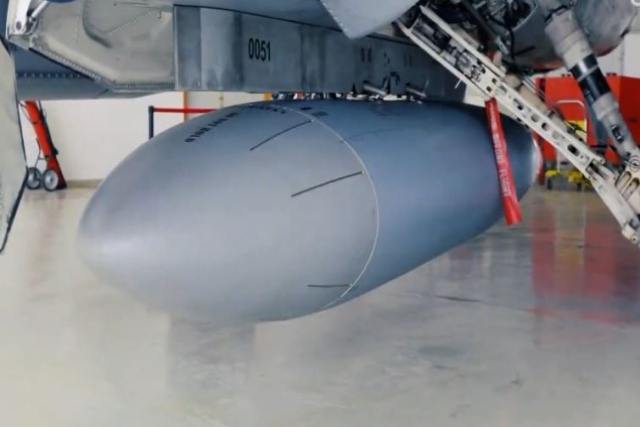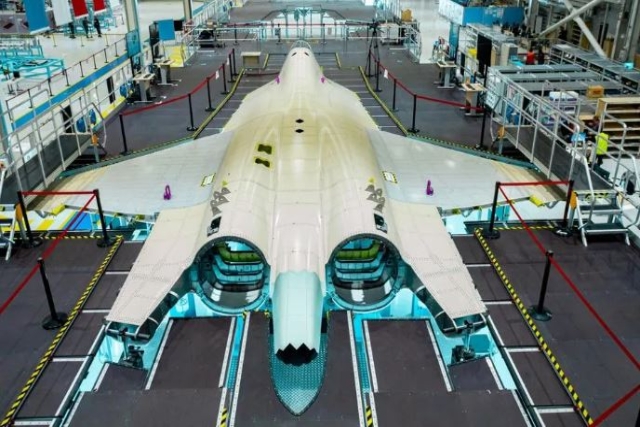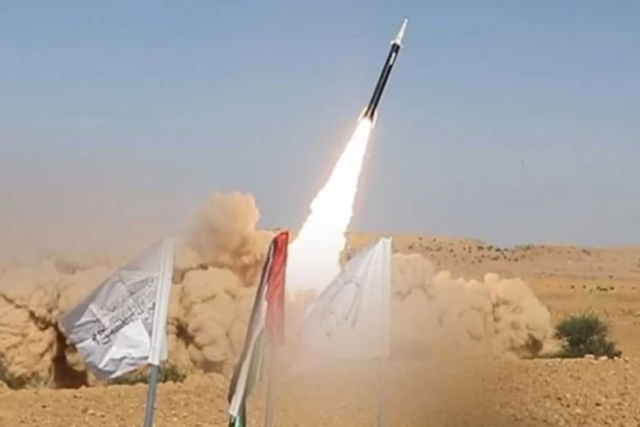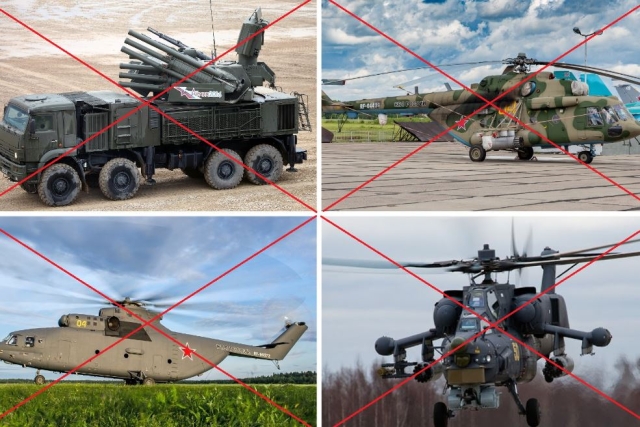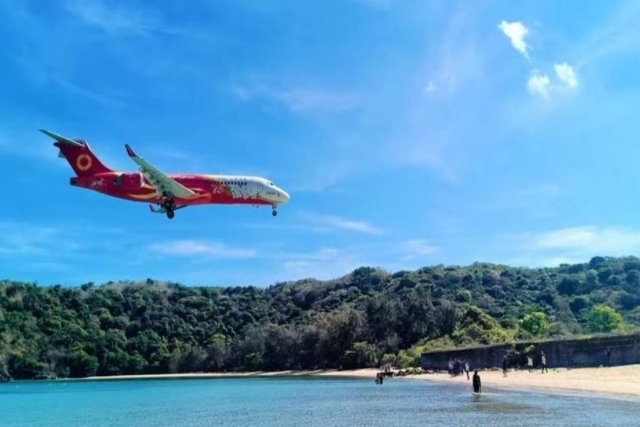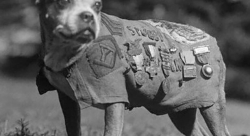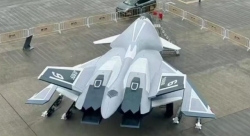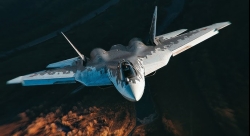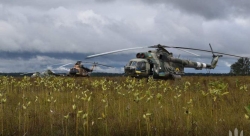Turkey to Prioritize 10-Ton Multi-Role Helicopter over ATAK-2 Combat Chopper
Shift in production timeline reflects operational needs as TUSAS accelerates development of general purpose helicopters for Turkish forces
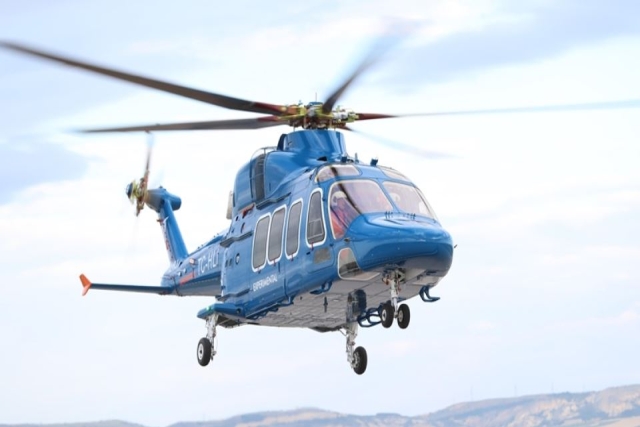
Turkey has revised its defense aviation priorities, advancing the timeline for its 10-ton multi-role helicopter program ahead of the ATAK-2 heavy attack helicopter, according to TUSAŞ General Manager Mehmet Demiroğlu.
Speaking during an industry update, Demiroğlu said the decision was made following joint evaluations with the Turkish Armed Forces and the Presidency of Defense Industries. He explained that although both helicopter programs had been progressing in parallel, a shift in operational needs led to a reordering of priorities.
“Our ATAK-2 is actually continuing, but we made a change there,” Demiroğlu stated. “We sat down at the table with our forces under the coordination of our Presidency of Defense Industries. We asked, ‘What do we need more?’ Because ATAK-2 was ahead and the 10-ton platform was following. Now, the 10-ton general purpose helicopter comes first.”
The revised timeline reflects a growing demand from Turkish security forces for transport and utility helicopters, particularly in light of aging fleets and limitations in acquiring new platforms.
“Our forces said our general purpose helicopters—especially Sikorskys—have come to the forefront due to the fact that T-70s could not be purchased in the period starting from the 2030s to the 2040s,” Demiroğlu said. “Both the ones to be retired and the gap in meeting new needs made it clear that the 10-ton helicopter had to be prioritized.”
Originally developed for firefighting operations under the General Directorate of Forestry, the 10-ton helicopter project has now been expanded to include military configurations. TUSAŞ is working closely with branches of the Turkish Armed Forces—including the Air Force, Land Forces, Navy, and Gendarmerie—to develop customized versions for defense use.
“We had already started 8 of them for the General Directorate of Forestry,” Demiroğlu said. “But now, we have decided on military versions and configurations with many users. We are working on that.”
While the ATAK-2 heavy class attack helicopter remains part of Turkey’s long-term aviation plans, it is being delayed until at least 2028–2029, with full development expected to conclude around 2030.
Demiroğlu noted that the delay will not disrupt production efficiencies due to the high degree of component commonality between the ATAK-2 and the 10-ton helicopter.
“I am probably not wrong in saying this—60% of both helicopters are common,” he said. “They share transmission, engines, drivetrain, rotor systems, avionics, and many other subsystems. Only the body and layout will differ.”
This shared infrastructure allows TUSAŞ to maintain development momentum and reduce costs, while focusing first on meeting immediate operational requirements.
